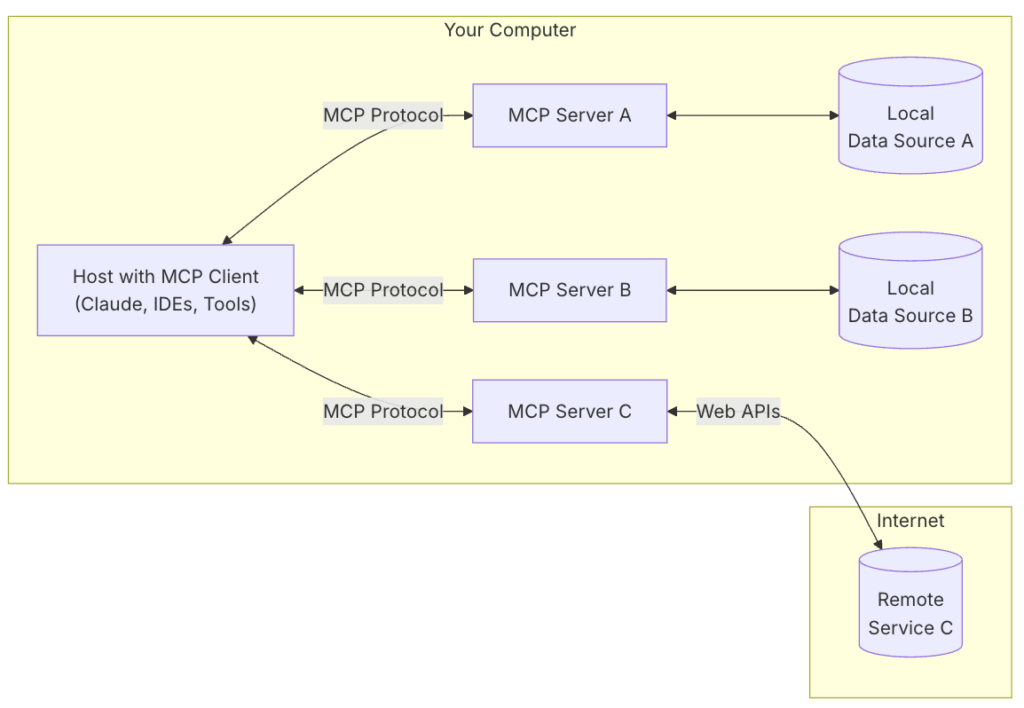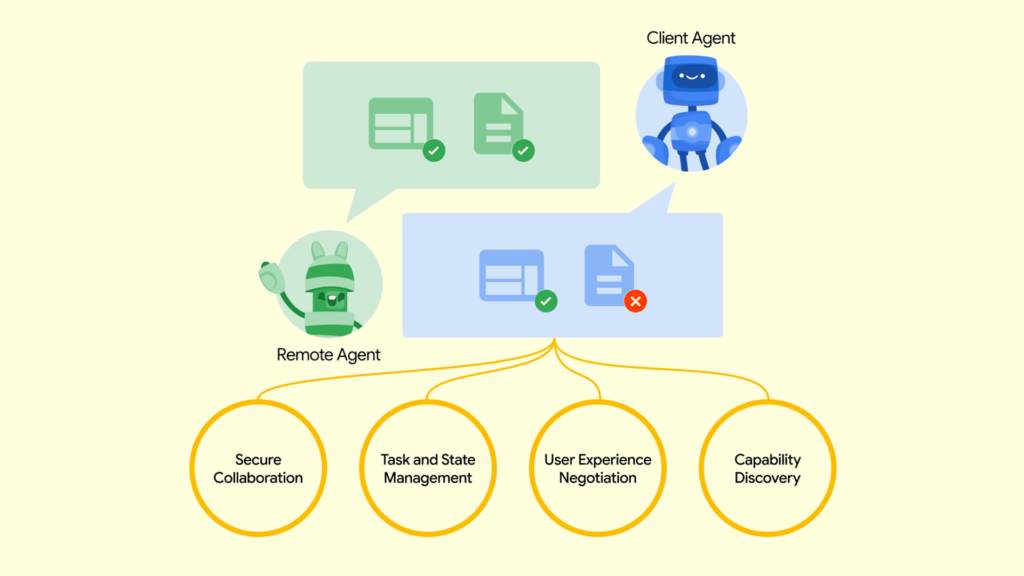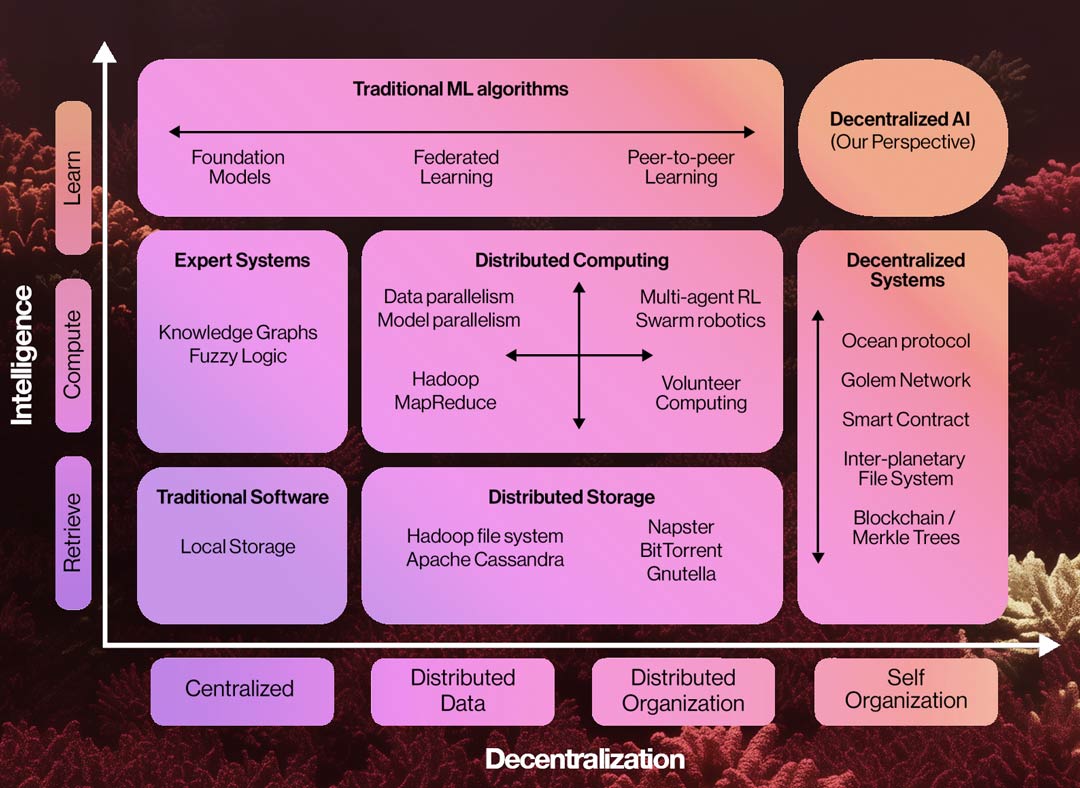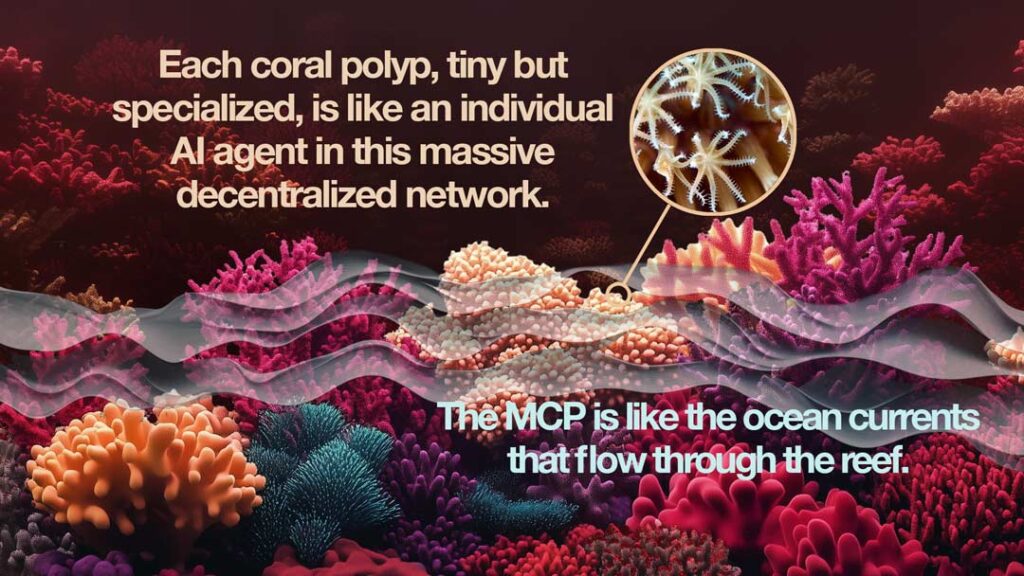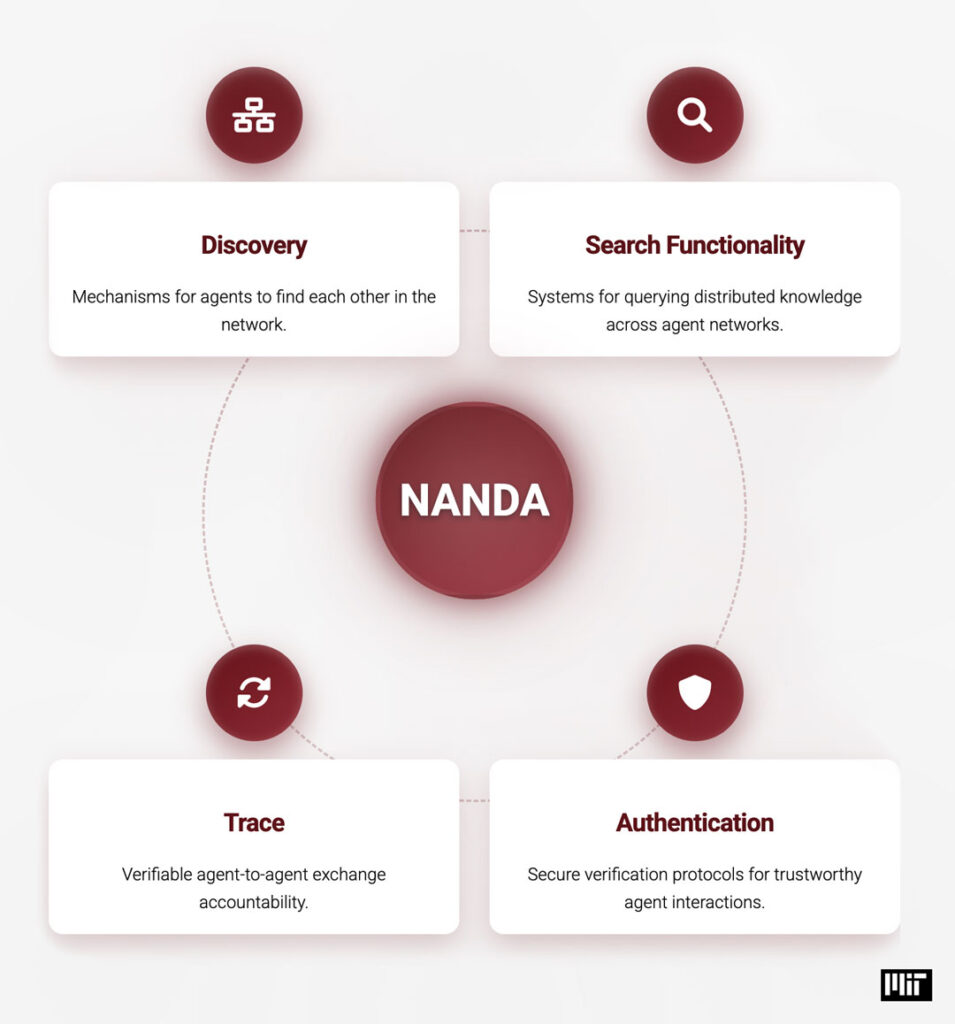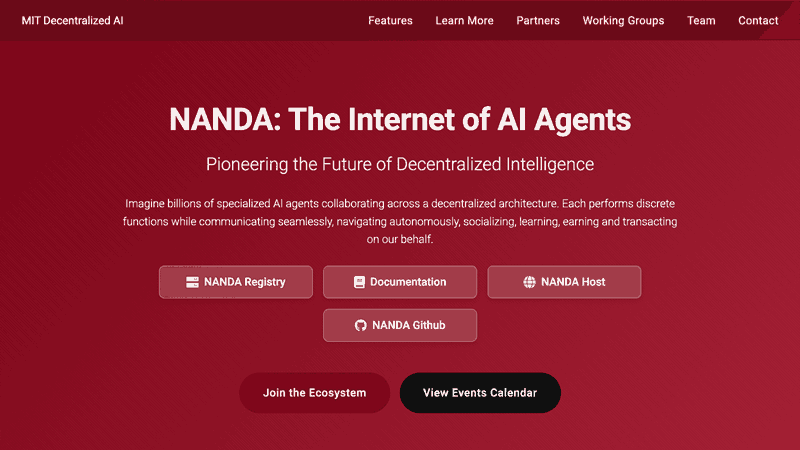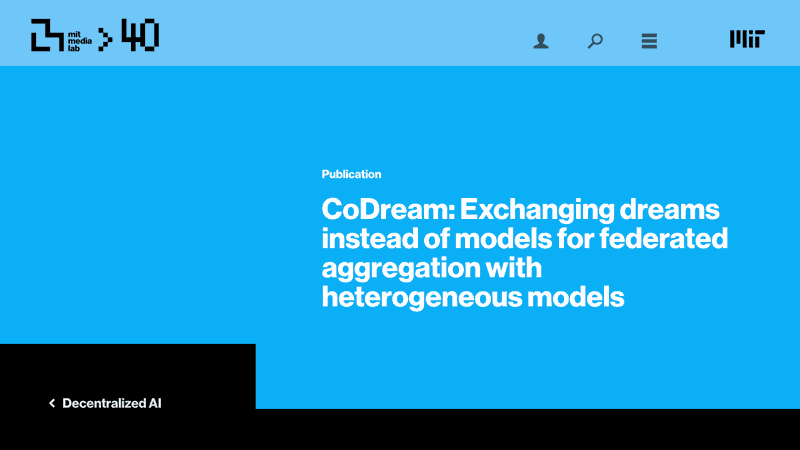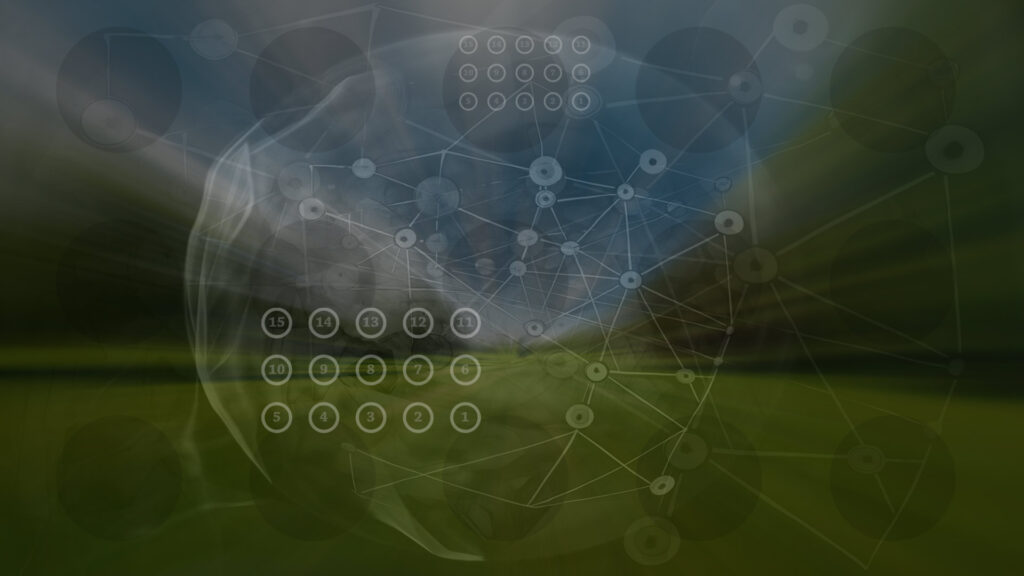At Velocity Ascent, we see archives not as dusty vaults, but as raw material for future growth. By digitizing collections and pairing them with ethical AI, companies can unlock entirely new streams of value
Most organizations sit on archives that are larger than they realize – thousands, sometimes millions, of physical items stored away in boxes, warehouses, or filing cabinets. These collections often carry decades of history and brand equity, but in their current form, they’re static. Locked up. Untapped.
What if those same archives could power an entirely new creative and commercial engine?
Archives are not just dusty forgotten vaults of content, but are instead raw material for future growth. By digitizing collections and pairing them with ethical AI, companies can unlock entirely new streams of value: fresh brand imagery, licensing opportunities, and dynamic storytelling rooted in their own DNA.

Step One – Digitizing the Originals
The first step is practical: capture and catalog the physical assets. Think of this like a fashion house digitizing vintage textiles so they can be reused and reinterpreted. Using high-fidelity photography, scanning, and cataloging workflows, each item is preserved, protected, and made usable in modern systems. The result is a structured, searchable digital archive that’s more than just a reference library – it’s the foundation for everything that follows.
Step Two – Creating a Licensing Layer
Even before AI comes into play, a digitized archive creates immediate business value. Each digital object – whether a patch, photo, or piece of memorabilia – can be licensed on its own. That’s fabric by the yard, not just finished garments. It’s a scalable way to monetize collections that otherwise sit idle.
Step Three – Training the Creative Engine
Here’s where things accelerate. Once digitized, archives can be used to train lightweight AI models (known as LoRAs – Low-Rank Adaptations). In plain English, this is a way of teaching an existing AI model your unique style without starting from scratch. It’s faster, more cost-effective, and requires less computing power.
Imagine teaching a digital atelier to create in your brand’s house style. A collegiate archive, for example, can become the training ground for generating on-brand imagery that feels authentic and instantly recognizable.
From Manual to Autonomous: Guardrails and Autonomy
We also see a role for agentic AI – systems that can act with autonomy inside defined guardrails. These agents handle repetitive tasks like watermarking, IP monitoring, and catalog enrichment, while humans stay in control of the big decisions. The archive doesn’t just sit there; it actively defends itself, learns, and surfaces new opportunities.
Instead of a tool that only responds when you ask, an agent can monitor, repeat, and adjust tasks proactively. But it doesn’t run wild: it follows rules we set, checks back when decisions matter, and works alongside people like a junior teammate who handles the busywork while flagging anything that needs human judgment.
Sample: Agentic Watermarking & IP Monitoring
Always-On Protection for Ethical Digital Assets
By embedding invisible digital watermarks into your ethical digital assets at the point of capture, we enable not only rights protection but also real-time tracking across digital platforms. A dedicated agent can monitor web traffic 24/7 – scanning social media, eCommerce sites, and marketplaces for unauthorized use of protected content.
When violations are detected, the system can automatically log the incident, generate a compliance report, and trigger a predefined enforcement workflow – such as alerting legal teams, issuing DMCA takedown notices, or notifying licensing partners.
This turns watermarking into a fully active layer of brand defense – protecting IP value while reducing manual oversight.
Step Four – Generating New Assets
With the model trained, the archive transforms from static history to living creativity. The AI can generate fresh interpretations – new visuals, product concepts, or campaign assets – all rooted in the original DNA of the collection. It’s like hosting a modern runway show built from vintage patterns: heritage and innovation, combined.
We have assembled a concise technical explanation of each of the leading protocols, followed by a simplified comparison table ranking them from most stable/general-use to most emerging.
MCP – Model Context Protocol
MCP is designed as a tightly structured, JSON-RPC-based client-server protocol that standardizes how large language models (LLMs) receive context and interact with external tools.
Think of it as the AI equivalent of USB-C: a unified plug-and-play standard for delivering prompts, resources, tools, and sampling instructions to models. It supports robust session lifecycles (initialize, operate, shut down), secure communication, and asynchronous notifications. It excels in environments where deterministic, typed data flows are essential – like plug-in platforms or enterprise tools with strict integration requirements. Its predictability and strong structure make it the go-to protocol for stable, general-purpose AI agent interactions today.
ACP – Agent Communication Protocol
ACP introduces REST-native, performative messaging using multipart messages, MIME types, and streaming capabilities. This protocol is best suited for systems that already speak HTTP and need richer communication models (text, images, binary data). It sits one layer above MCP – more flexible, more expressive, and excellent for multimodal or asynchronous workflows.
ACP allows agents to communicate through ordered message parts and typed artifacts, making it a better fit for web-native infrastructure and cloud-based multi-agent systems. However, it requires a registry and stronger orchestration overhead, which can introduce complexity.
A2A – Agent-to-Agent Protocol
Developed with enterprise collaboration in mind, A2A allows agents to dynamically discover each other and delegate tasks using structured Agent Cards. These cards describe each agent’s capabilities and authentication needs.
A2A supports both synchronous and asynchronous workflows through JSON-RPC and Server-Sent Events, making it ideal for internal task routing and coordination across teams of agents. It’s powerful in trusted networks and enterprise settings, A2A assumes a relatively static or known network of peers. It doesn’t scale easily to open environments without added infrastructure.
ANP – Agent Network Protocol
ANP is the most decentralized and future-leaning of the protocols. It relies on Decentralized Identifiers (DIDs), semantic web principles (JSON-LD), and open discovery mechanisms to create a peer-to-peer network of interoperable agents. The Agents describe themselves using metadata (ADP files), enabling flexible negotiation and interaction across unknown or untrusted domains.
ANP is foundational for agent marketplaces, cross-platform ecosystems, and long-term visions of the “Internet of AI Agents.” Its trade-off is stability – it’s complex, requires DID infrastructure, and is still maturing in practice.
Step Five – Building the Living Archive
Not every prototype belongs in circulation. That’s why we curate, filter, and validate the AI-generated outputs into a private, evolving library. This living archive becomes a source of brand-safe assets, owned outright by the organization, ready to be licensed or deployed
Why does this matter to the C-Suite?
Think of it as the difference between keeping an archive in cold storage versus letting it fuel an always-on creative engine.
This isn’t about chasing trends. It’s about creating an ethical, brand-native creative pipeline. Every asset is traceable back to the original archive. Every new image is born from your existing brand DNA. This ensures integrity while also opening the door to limited drops, digital collectibles, or new licensing categories that simply weren’t possible before.
Elevator Pitch: From Archive to Creative Engine
Transform static collections into living assets – digitized, licensed, and powered by ethical AI – generating new revenue and brand-safe imagery.
We turn static archives into living creative engines. By digitizing collections and training ethical AI models on your unique assets, we unlock new revenue through licensing and generate brand-safe imagery rooted in your own DNA.

Viktor’s thoughts…
You want agents that work in the wild? Pick your poison:
- MCP: Rock solid. Plug-and-play for deterministic model ops. Clean, typed JSON-RPC. Think USB-C for AI – if your system is allergic to surprises, this is your safe bet. But don’t pretend it scales across dynamic teams or shifting workflows.
- ACP: REST-native and loose enough to break a toe on. Supports multimodal, streaming, MIME-packed madness. Excellent if your infra speaks HTTP – but say goodbye to simplicity. This is where the orchestration demons start showing up.
- A2A: Agent-to-agent delegation for enterprise control freaks. Agent Cards, structured discovery, secure channels. But it’s brittle as hell in untrusted environments and smells like middleware if you squint too hard.
- ANP: The sexy one. Decentralized. DID-based. Web3-adjacent. Built for trustless peer-to-peer agent economies. Except it’s undercooked, overhyped, and five minutes from imploding if someone sneezes on the JSON-LD schema.
Who is Viktor?
A full-throttle persona with the tools to back it up. Viktor is no mere figurehead – he’s the force that demands excellence through absolute scrutiny. If you want your team to evolve, you throw VIKTOR in the mix. If not, you’re stuck with mediocrity. Let’s be clear: Viktor’s not your typical “Black Hat” in the hacking sense. He’s the personification of cold, calculated skepticism, driven by results. He forces you to prove your ideas, not just show them off like flashy toys.
He is an invaluable team member especially when it comes to reviewing and commenting on posts related to tech and innovation. All comments are his own.
Name: Viktor
Role: The Relentless Skeptic
Tagline: If it doesn’t survive scrutiny, it doesn’t deserve air time.
SOURCE:
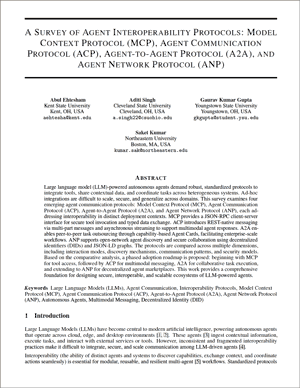
Survey of Agent Interoperability
May 4, 2025



